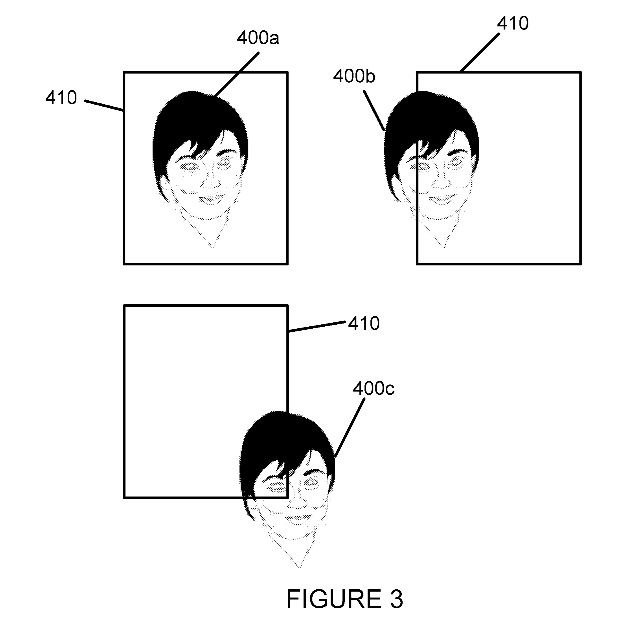This decision relates to an European patent application for an apparatus and a method for collection, analysis and transmission of data related to patient movements. Here are the practical takeaways from the decision T 2084/18 (Suspicious behaviour/AIC) of 18.6.2021 of Technical Board of Appeal 3.5.05:
Key takeaways
A presentation of information might only exceptionally contribute to the technical character of the invention if it credibly assists the user in performing a technical task by means of a continued and guided human-machine interaction process.
The invention
The invention concerns a medication administration confirmation apparatus. The medication administration confirmation apparatus is configured to first display instructions to a user on how to properly perform desired medication administration steps. The medication administration confirmation apparatus is then configured to capture a video of the user to determine whether the user has correctly administered the medication. Determining whether the user has correctly administered the medication includes identifying indications of suspicious activity in the video.

Fig. 3 of EP2968074
Here is how the invention was defined in claim 1:
Claim 1 (main request)
A medication administration confirmation apparatus, comprising:
a video capture device configured to capture a video sequence of a user administering medication in response to the display of one or more instructions (125), wherein the video capture device further comprises a display configured to display a field of view that is narrower than a field of view (410) of a video sequence being captured wherein the user is prompted on the display to perform a particular sequence of actions to be stored as the video sequence and the narrower field of view than the field of view captured by the video capture device is displayed on the display during performance of the particular sequence of actions;
a memory to store the captured video sequence, wherein the memory stores the video field of view that is wider than the narrower video field of view presented to the user on the display; and
a processor to analyze at the stored video sequence to determine one or more indications of suspicious activity on behalf of the user and cause the display to display one or more further instructions (125) to the user in response to identifying the one or more indications of suspicious activity,
wherein a portion of the captured video sequence that is not displayed on the display is reviewed for suspicious behavior.
Is it patentable?
D1 (WO 2011/062934 A1) is cited as the closest prior art.
The subject-matter of claim 1 differs from the above disclosure essentially in that a field of view narrower than the field of view captured by the video capture device is displayed on the display while the user is performing the particular sequence of actions. Indeed, D1 does not disclose that the field of view being captured by the video capture device is displayed to the user in full or in part.
However, the Board considers that this distinguishing feature does not produce any technical effect.
According to the established case law:
Displaying a video with a certain content does indeed relate to presentation of information within the meaning of Article 52(2)(d) EPC. A presentation of information might only exceptionally contribute to the technical character of the invention if it credibly assists the user in performing a technical task by means of a continued and guided human-machine interaction process, this being the applicable test (see T 336/14, Headnote; T 1802/13, page 10, second full paragraph; T 1091/17, point 1.7 of the reasons).
The appellant tried to argue why the distinguishing feature produces a technical effect based on T 115/85:
the appellant put forward a further argument that the cognitive effect of trapping a user assisted (if not the user) the claimed apparatus itself in performing its task. To illustrate its argument, the appellant made analogies between the case in hand, in which trapped malicious users may try to frustrate the claimed apparatus by appearing as if they were taking their medicine, and various hypothetical cases, namely frustrating currency or passport counterfeiters by security features such as invisible ink, and turning off the power light of a recording security camera in order to let observers think that it is not recording. It argued that in all these examples a technical effect was achieved by obscuring the internal state of the apparatus. The case law of the boards of appeal recognised giving visual indications about the internal state of a system as technical. Similarly, refraining from giving such a visual indication or obscuring the internal state of an apparatus in order to frustrate malicious activity should also be a technical effect.
However, this was not convincing for the Board:
Given the body of subsequent case law which discusses under which conditions or for which internal states of a system or apparatus this statement would be valid (see inter alia T 833/91, point 3.7 of the reasons; T 336/14, point 1.2.4 of the reasons, second paragraph), it is evident that statements with regard to technicality at this level of generality should be made with an abundance of caution. To take the example of "obscuring the internal state of a system", suggested by the appellant, whereas this may give rise to a technical effect in certain cases, e.g. protecting a cryptographic computation against power analysis attacks as in T 556/14 (see points 13 and 14 of the reasons), in other cases it would not.
As for the present case:
any alleged technical effect of the distinguishing feature of claim 1 should be judged on its own merits rather than by rules at this level of abstraction. The same holds true for the hypothetical examples given by the appellant. These examples suggest at least that the appellant considers that the cognitive effect leads to a technical effect of increased security, which is generally recognised as a technical effect. In the case in hand, however, the cognitive effect of the distinguishing feature, i.e. that the users may think that they are out of the field of view of camera, does not lead to increased security. It does not assist the apparatus of claim 1 in performing its assigned task, i.e. medication administration confirmation, either. On the contrary, the cognitive effect in the case in hand encourages the users to perform what the application calls "a suspicious or malicious act" and hence impairs the proper performance of the medication administration process.
Therefore, the Board considers that the distinguishing feature does not produce any technical effect, and the subject-matter of claim 1 does not involve any inventive step (Article 56 EPC). The appeal is thus dismissed.
More information
You can read the whole decision here:T 2084/18 (Suspicious behaviour/AIC) of 18.6.2021 of Technical Board of Appeal 3.5.05.
The content of this article is intended to provide a general guide to the subject matter. Specialist advice should be sought about your specific circumstances.

